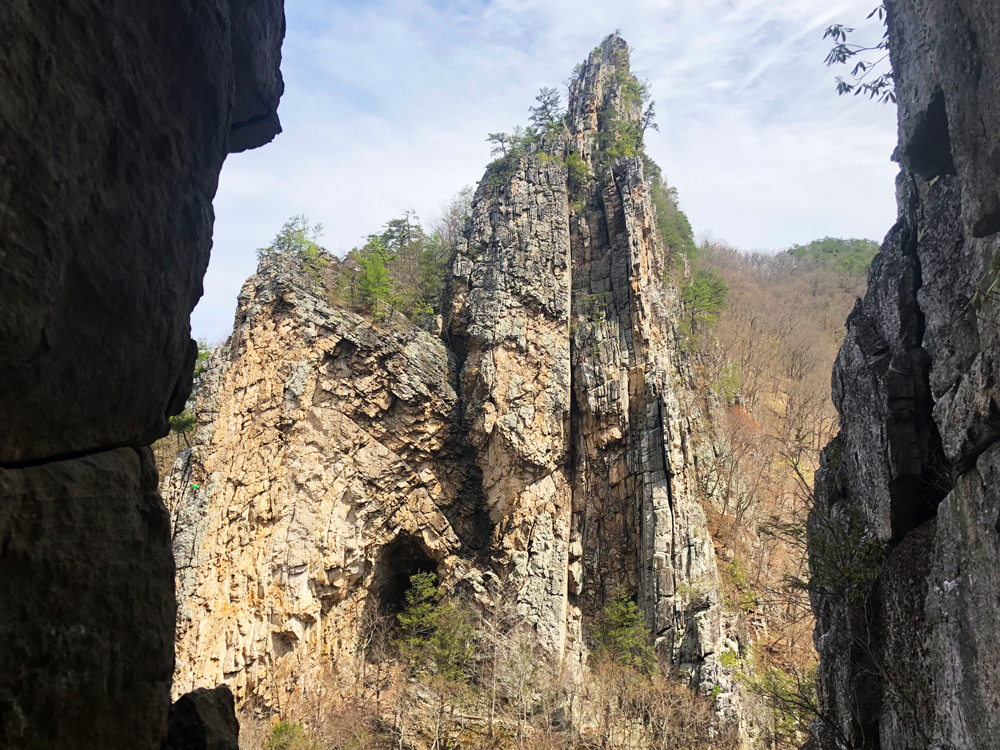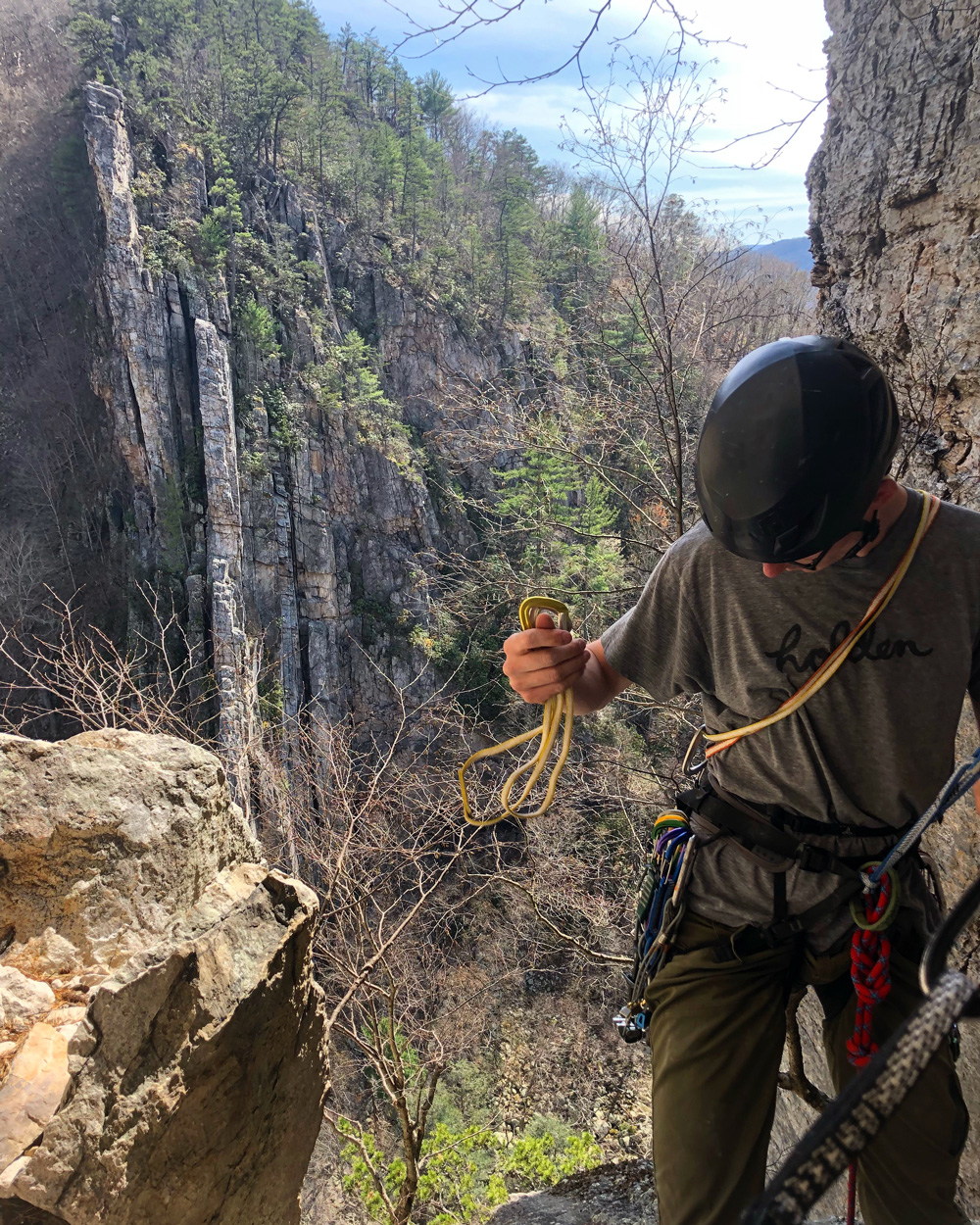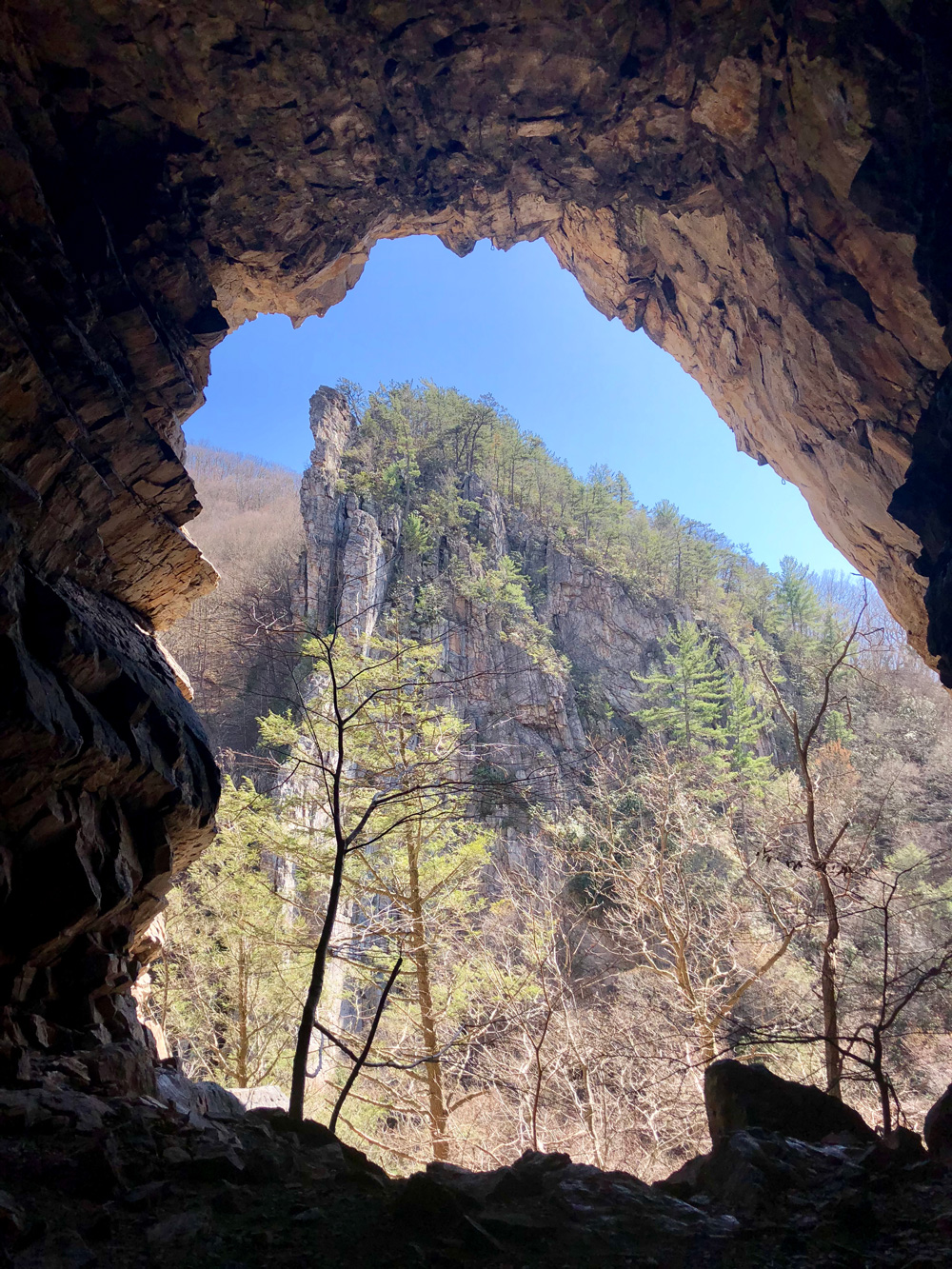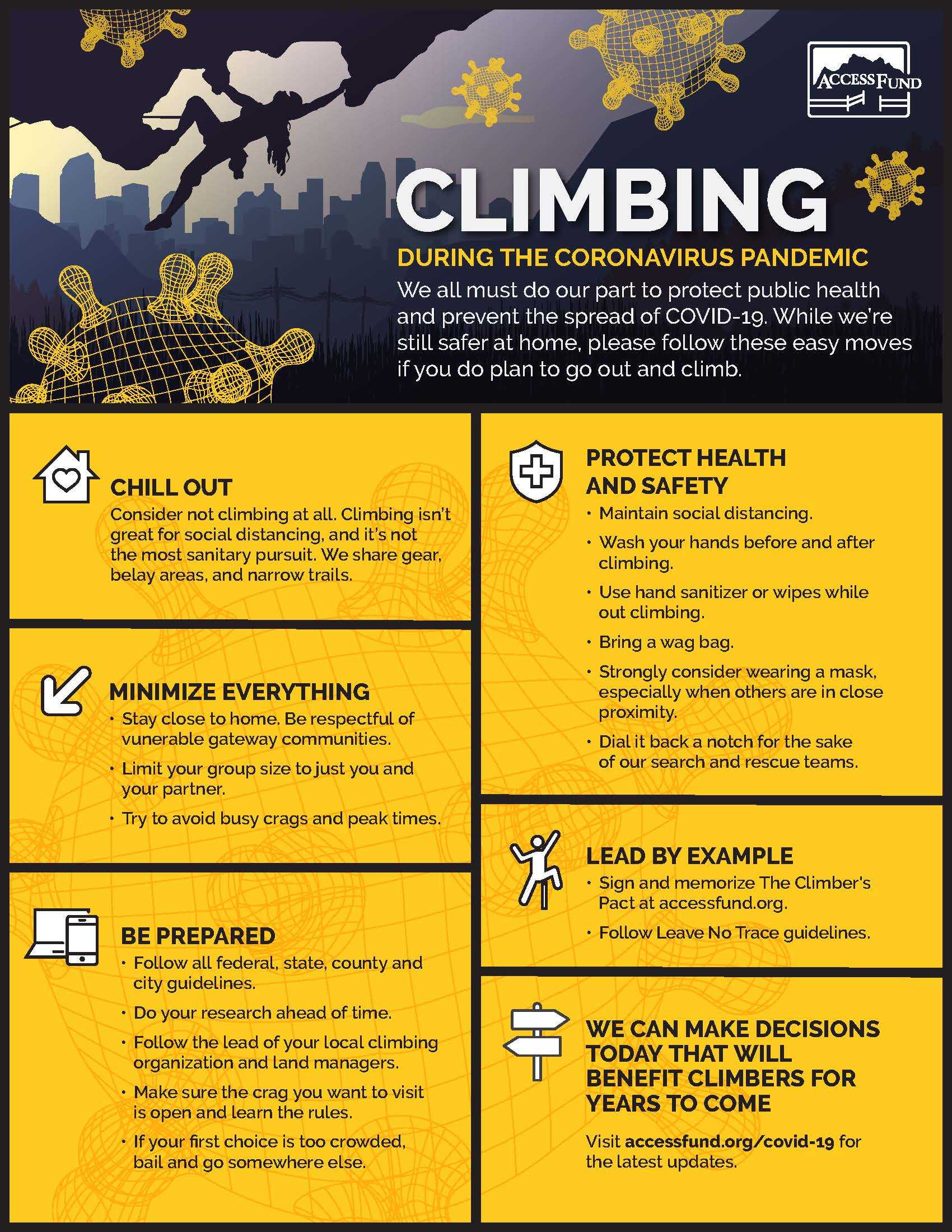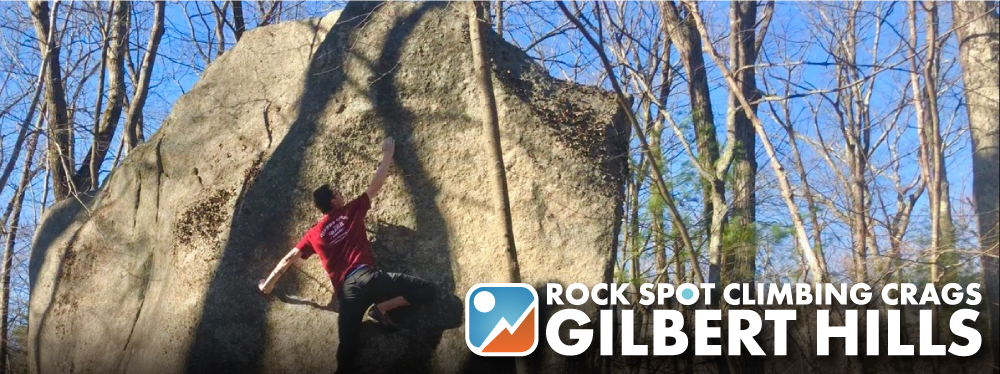Seneca Rocks
Article by Mike Paukner
Ever since the first time I saw a photo of Seneca Rocks in West Virginia, I knew I had to climb there. The massive knife-edge wall juts out of the Monongahela National Forest treeline like the spiny ridges of a Stegosaurus. How can something so large, yet thin, even be standing? I had to experience it for myself.
My climbing partner and I began to do some serious research in January 2018. Thankfully Mountain Project had me covered. “Stiff, old-school ratings”, “hard route-finding”, and “scary” were commonplace in describing Seneca. Being primarily multi-pitch trad climbing, this can be intimidating for many climbers. But I knew we were up to the challenge.
I reached out to some friends who had experience climbing there. Each of them couldn’t recommend it more than the last. According to them, it was a trad climber’s dream. Bullet-hard Tuscarora quartzite littered with splitter cracks, rounded slopers and jugs, chimneys, slabs, overhangs; this place had it all.
And boy did it deliver.
Climbing at Seneca Rocks feels like being sent back in time. First off, there is absolutely zero cell phone reception anywhere near the climbing. That, coupled with the small civilization at the base of the cliffs, makes for a genuine “getaway”.
Now, when I say “small civilization”, I mean it. Sporting a general goods store and deli, a mom-and-pop pizza place, a climbing shop and guide service, and 2 campgrounds, the quaint village of Seneca Rocks operates on its own clock. Everyone in the town was incredibly welcoming, and nearly everyone was a climber. Swapping route beta and epic stories was the norm, and the sense of community was palpable.
The climbing lived up to the hype, and all the warnings of stiff ratings are accurate. I climbed the scary and strenuous 5.6, Roy Gap Chimneys, grunting and straining the whole way. Fitting my lanky body in a tight squeeze chimney made for some funky positions and movement, but it was enjoyable the whole way. There’s something about climbing on sandbagged routes that heightens the senses, and thus, the experience.
Skyline Traverse, a 4 pitch, 5.2 romp up the South End of the rocks was top of my to-do list. Heralded as “classic and easy”, this was just Seneca-speak for “old and difficult”. The thing about old routes, though – they are often the best. We finished pitch 1, a 90 foot juggy chimney, and topped out on the first belay ledge. We both agreed that this 5.2 felt more like 5.5, but nothing we couldn’t handle. I re-racked and stepped off our comfy ledge to the exposed pitch 2. Two vertical cracks, each about an inch wide, made for some really interesting movement and plenty of spots to place protection. Pitches 3 and 4 went quick, with the difficulty easing up as the vertical rock turned to slab. Topping out and looking out across the valley was a sight to behold. There was a magic about Seneca Rocks that I have yet to see in another climbing area.
I can’t recommend Seneca enough to other trad climbers. The quality of routes is outstanding, and the surrounding area is beautiful and secluded.
If someone were to ask me about Seneca Rocks, I would most definitely include the words “sandbagged”, “hard”, and “scary”, but I would also include the word “fun”.



